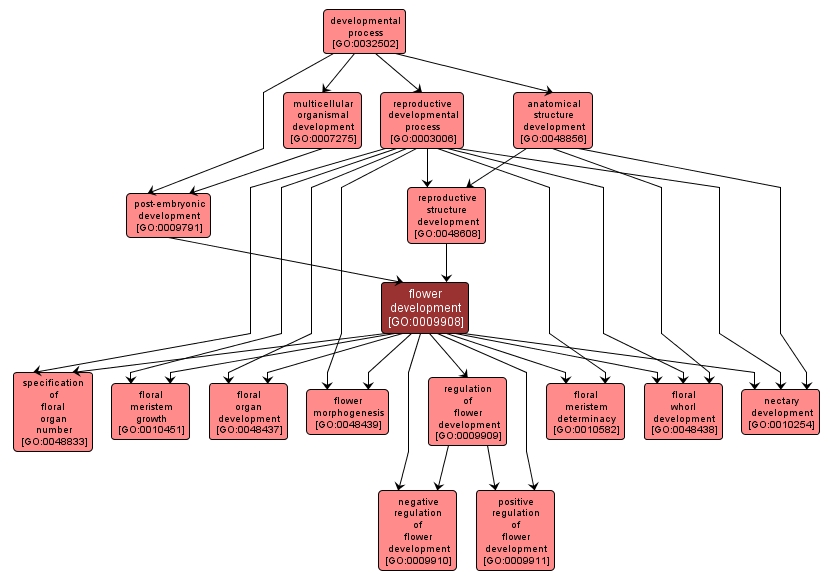| Desc: |
The process whose specific outcome is the progression of the flower over time, from its formation to the mature structure. The flower is the reproductive structure in a plant, and its development begins with the transition of the vegetative or inflorescence meristem into a floral meristem. |














